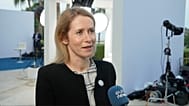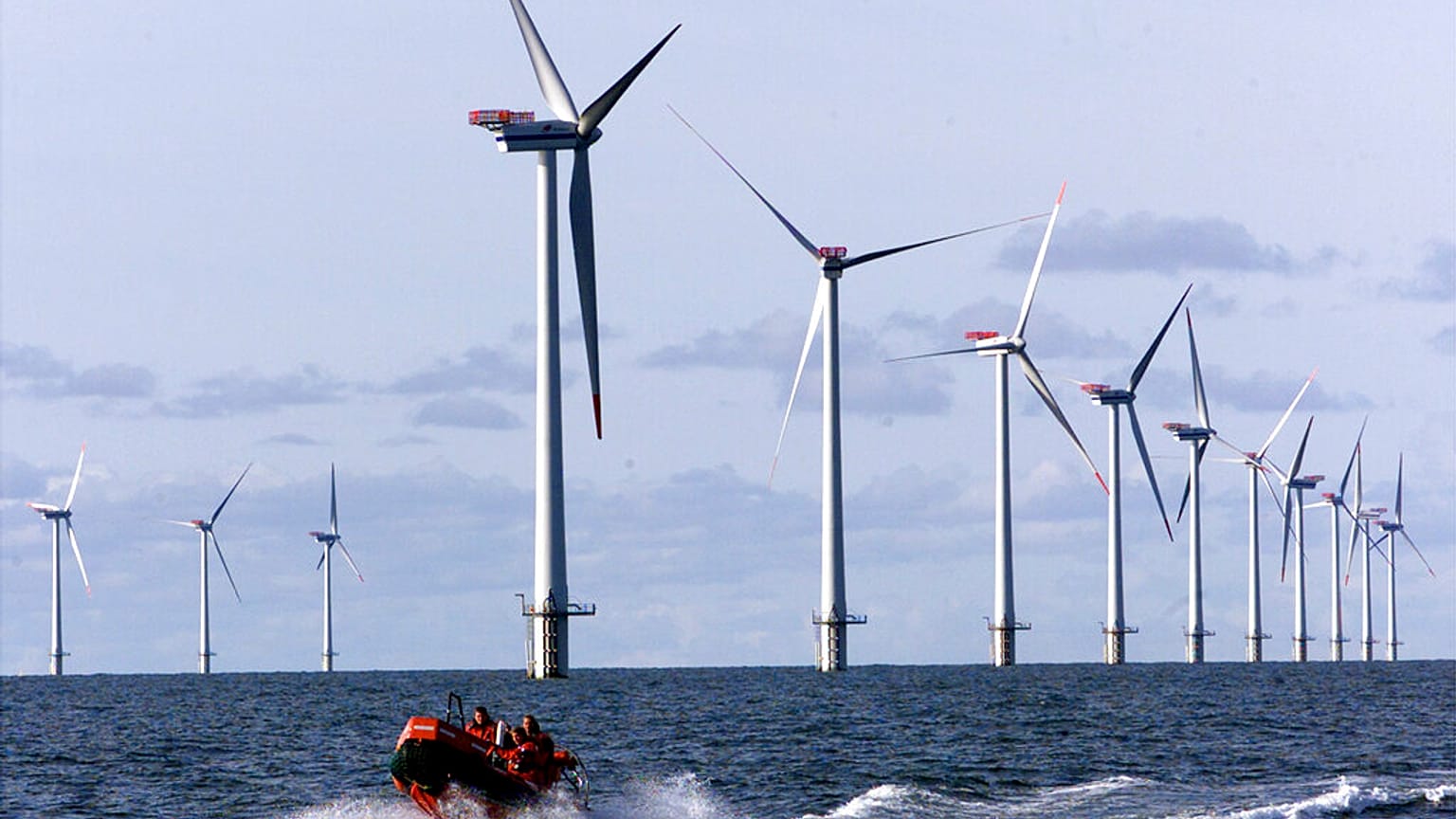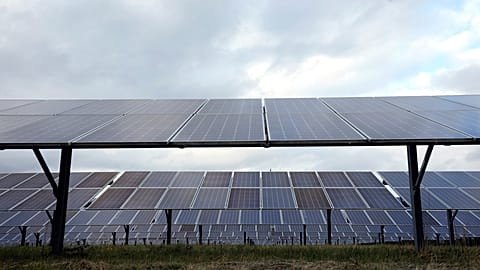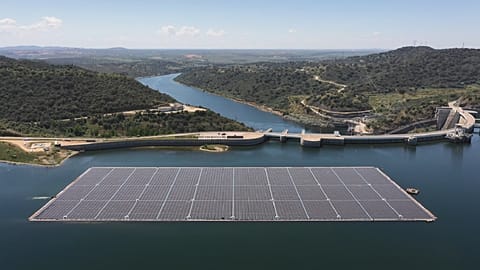Lowland state seeks to optimise limited North Sea area for clean energy production.
With a relatively short coastline, Belgium has set ambitious goals to boost offshore energy capacity through wind and floating solar panels, the country’s Deputy Prime Minister and Minister of the North Sea told Euronews during an event in Brussels today (23 January).
Belgium wants to almost triple its offshore wind power capacity — it currently accounts for 10% of domestic demand — to reach 8GW by 2040, Paul Van Tigchelt said on the sidelines of the event on sustainable expansion of EU offshore renewables, organised by the WWF Europe.
“The production of renewable electricity does not necessarily need to be limited to wind energy,” the Belgian deputy prime minister told Euronews.
While offshore wind projects unfold in the North Sea, Tigchelt said the federal government is currently assessing the possibility of floating solar technology, a relatively new approach to capture solar energy.
A pilot project has been built to develop the necessary studies with regards to cost and impact on the environment, the prime minister said, adding that the goal is to build a small demonstration project with 5MW of capacity by 2026.
“We plan to build these floating solar farms between wind turbines, to make optimal use of the limited available space, and at the same time optimally make use of the existing capacity to bring electricity onshore,” Tigchelt said.
The Belgian federal government is currently in the process of preparing a tender for a North Sea project designed to increase capacity by 3,5GW by 2026. This centres on a man made island, in the Princess Elizabeth zone of the sea, and is designed to be the first stage of an integrated European offshore electricity grid that will connect Belgium to the Denmark and the UK.


















